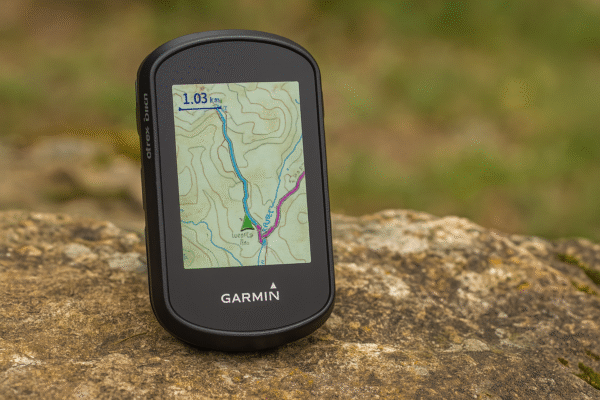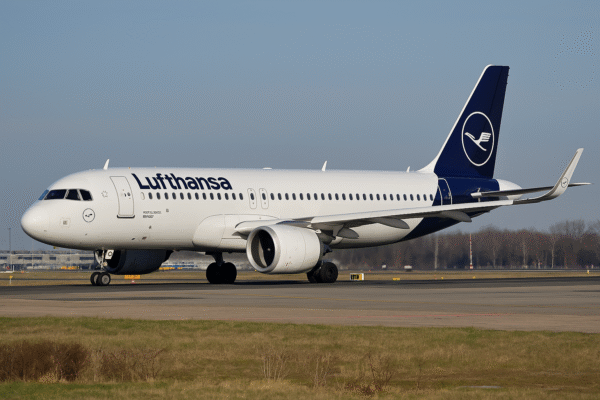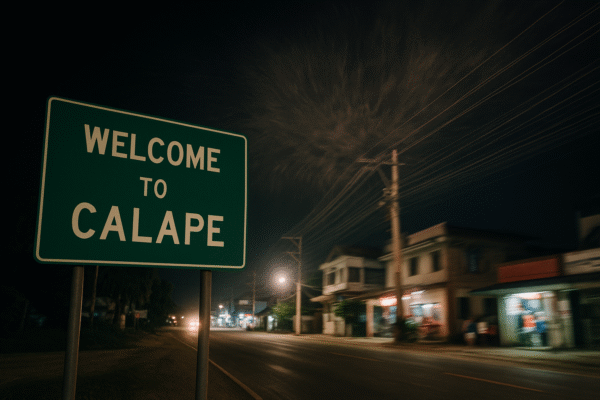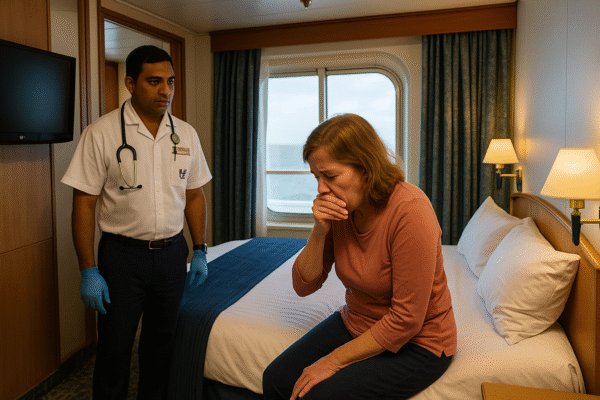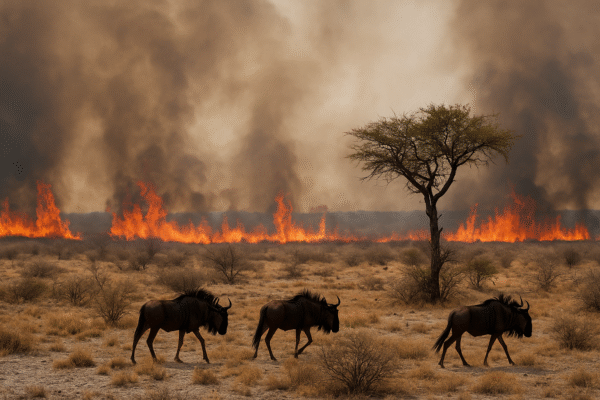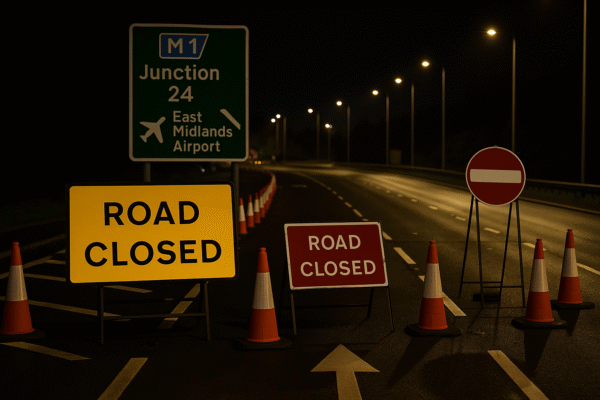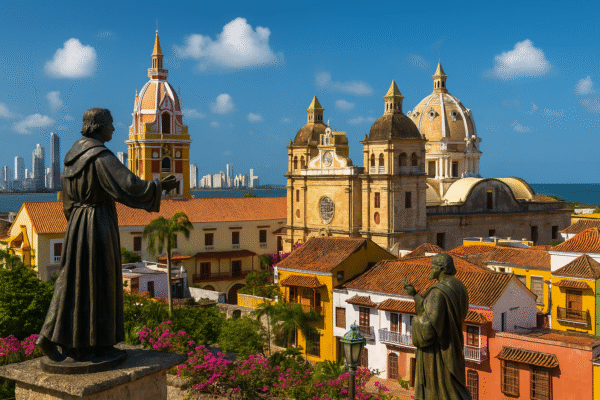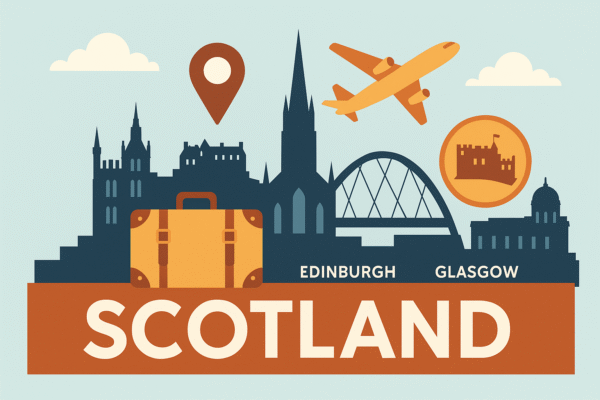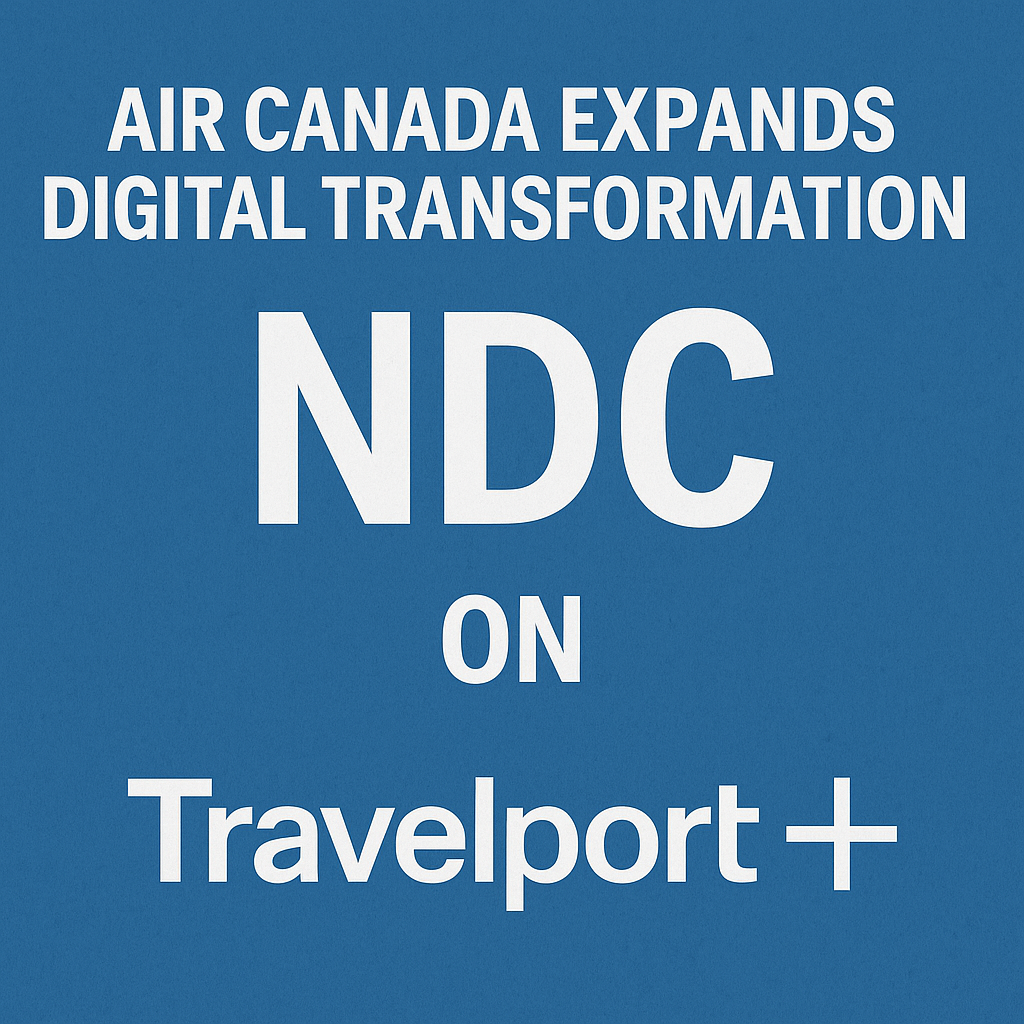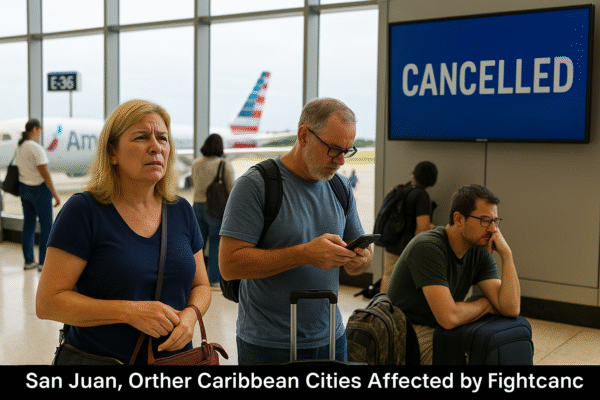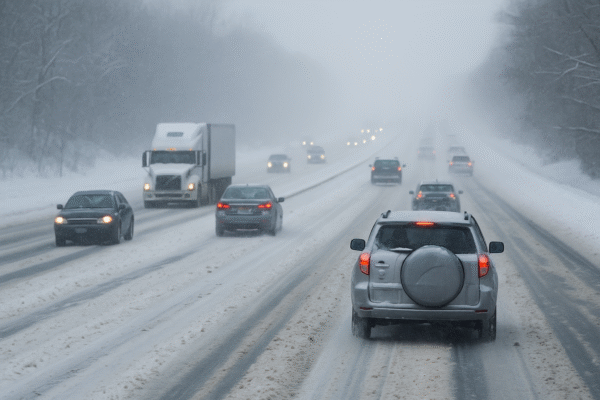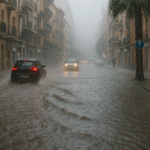A series of powerful winter storms are sweeping across the United States, disrupting travel in 15 states. Snow, ice, and freezing rain are creating dangerous conditions from North Carolina and Virginia to New York and New England.
The National Weather Service (NWS) has issued travel warnings, cautioning residents and tourists to prepare for hazardous conditions. Roads, airports, and public transport networks face major delays as the storm intensifies.
What’s Behind the Travel Warnings?
The warnings come from a large storm system moving across the eastern U.S. It combines heavy snow, sleet, and freezing rain, creating treacherous conditions.
Mountain passes and rural areas are expected to be hardest hit. Major highways, including Interstates 81, 95, and 70, will also face dangerous conditions.
Snow has already started to accumulate in parts of North Carolina and Virginia. Ice will likely cover bridges, overpasses, and rural highways, making travel extremely hazardous.
Which States Are Impacted?
The storm system will affect 15 states, with the heaviest snow and ice predicted in:
- North Carolina and Virginia – Snow and ice threaten rural areas and mountain roads.
- Ohio and West Virginia – Accumulating snow and freezing rain expected.
- Maryland and Pennsylvania – Hazardous driving conditions along major highways.
- New York and New Jersey – Snowstorms and ice likely to disrupt daily life and travel.
- New England states – Connecticut, Rhode Island, Massachusetts, Vermont, New Hampshire, and Maine face heavy snow and poor visibility.
Authorities advise against unnecessary road travel. Higher elevations in the Appalachian Mountains face the greatest risks.
Where Will Conditions Be Worst?
The most dangerous conditions are expected in:
- The Appalachian Mountains in West Virginia, Virginia, and North Carolina, where snow and ice may block travel.
- Eastern Great Lakes regions in Ohio, Pennsylvania, and New York, where high winds and snowfall could cause whiteouts.
- Major cities like Cleveland, Buffalo, and Rochester, where residents are preparing for severe disruptions.
- New England states, where snow, ice, and freezing rain will make roads and sidewalks slippery and dangerous.
Why Are Travel Disruptions Likely?
Travel disruptions are almost certain due to:
- Snow accumulation on major highways and secondary roads.
- Freezing rain creating sheets of ice on bridges and overpasses.
- Airport delays as icing and low visibility affect flights in New York, Philadelphia, Boston, and Washington D.C.
- Public transport disruptions, with buses, metro, and light rail services slowed or suspended.
The storm is expected to last several days, with impacts extending into overnight hours.
Airports and Flight Disruptions
Airports in New York, Philadelphia, Boston, and Washington D.C. are bracing for delays and cancellations. Airlines urge passengers to monitor flight status and expect last-minute changes.
Airport authorities advise travelers to arrive early, check schedules frequently, and prepare for extended waiting times.
What Should Travelers Do?
Travelers in affected states are advised to:
- Monitor NWS updates for changing conditions.
- Avoid driving unless absolutely necessary.
- Keep an emergency kit in vehicles, including blankets, flashlights, food, and water.
- Equip cars with snow tires and ensure fuel tanks remain full.
- Allow extra travel time, as roads and airports will see significant delays.
For air travelers, having travel insurance and flexible schedules is critical. Checking flights before leaving for the airport can prevent long, unnecessary waits.
Safety Advice from Authorities
Local governments stress the importance of safety during the storms:
- Stay off the roads during peak snowfall and icing.
- Secure homes against power outages.
- Follow local evacuation or shelter orders when issued.
- Keep essential documents and medications accessible.
Authorities are mobilizing snowplows, emergency crews, and salt trucks to keep major roads open. Still, severe conditions will likely overwhelm efforts in some areas.
The Impact on Tourism and Daily Life
Tourism-heavy regions, including ski resorts in the Appalachians and New England, may see temporary shutdowns. Road closures and airport delays could trap visitors in hotels or delay their return trips.
Urban centers like New York, Philadelphia, and Boston face widespread disruptions to commuting, events, and local businesses. Public schools and offices may also close during the height of the storm.
A Critical Period Ahead
The storm system represents one of the most significant weather events of the season. The next few days will be critical as snow, ice, and freezing rain intensify across multiple states.
By following safety guidelines, staying updated, and avoiding unnecessary travel, residents and travelers can reduce risks. The storm will eventually pass, but the immediate threat requires preparation and caution.
For more travel news like this, keep reading Global Travel Wire


